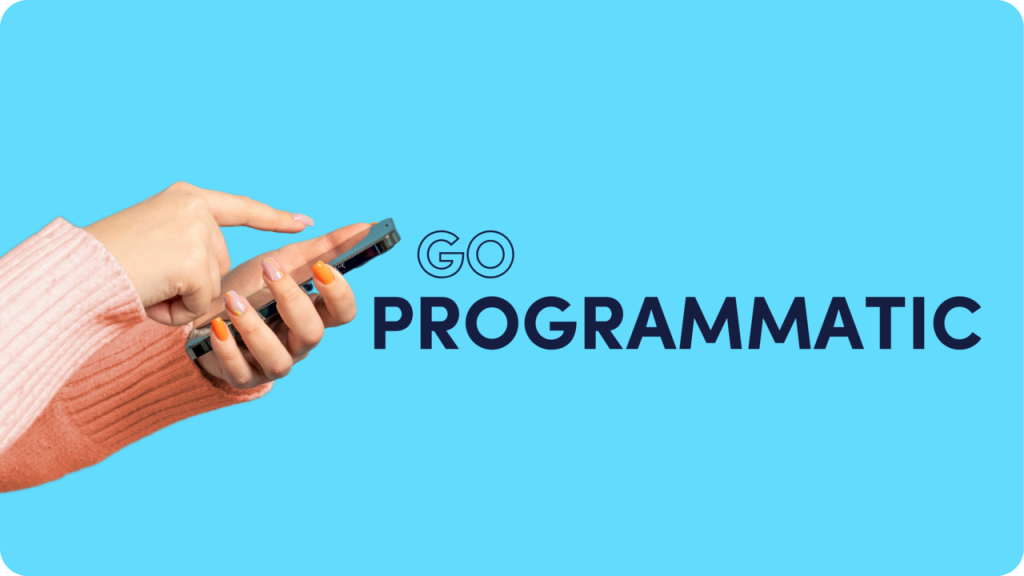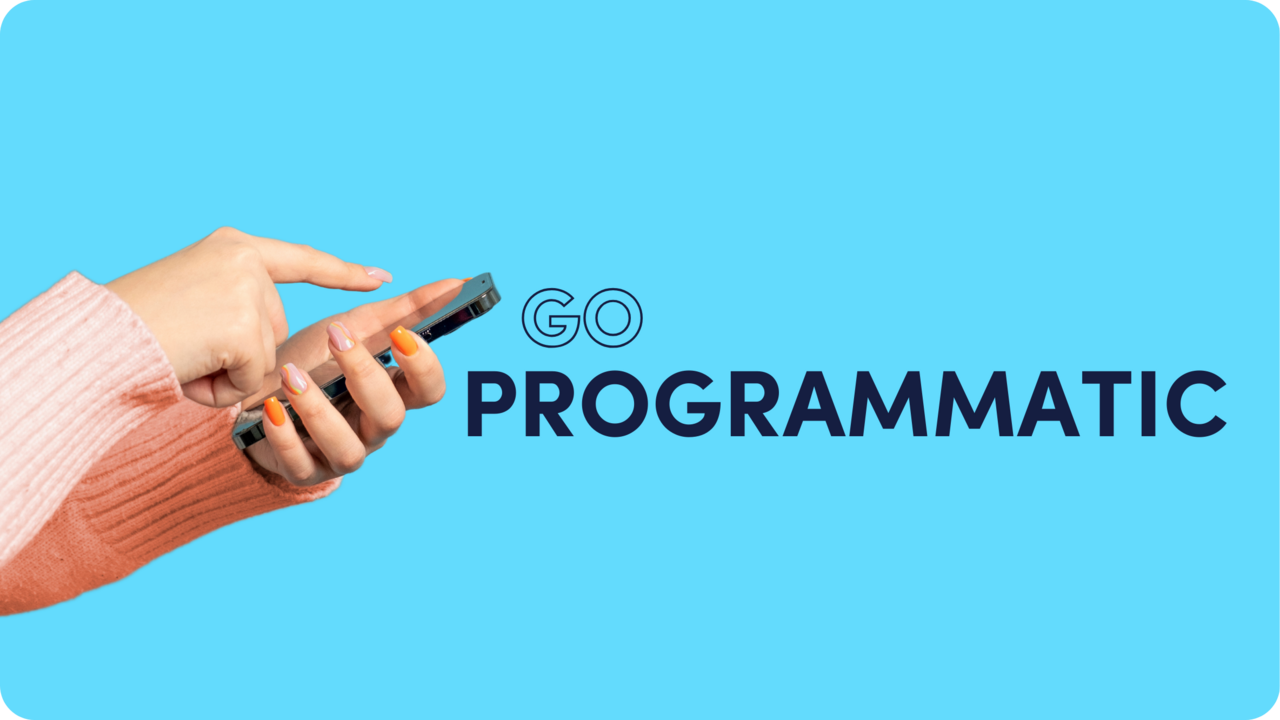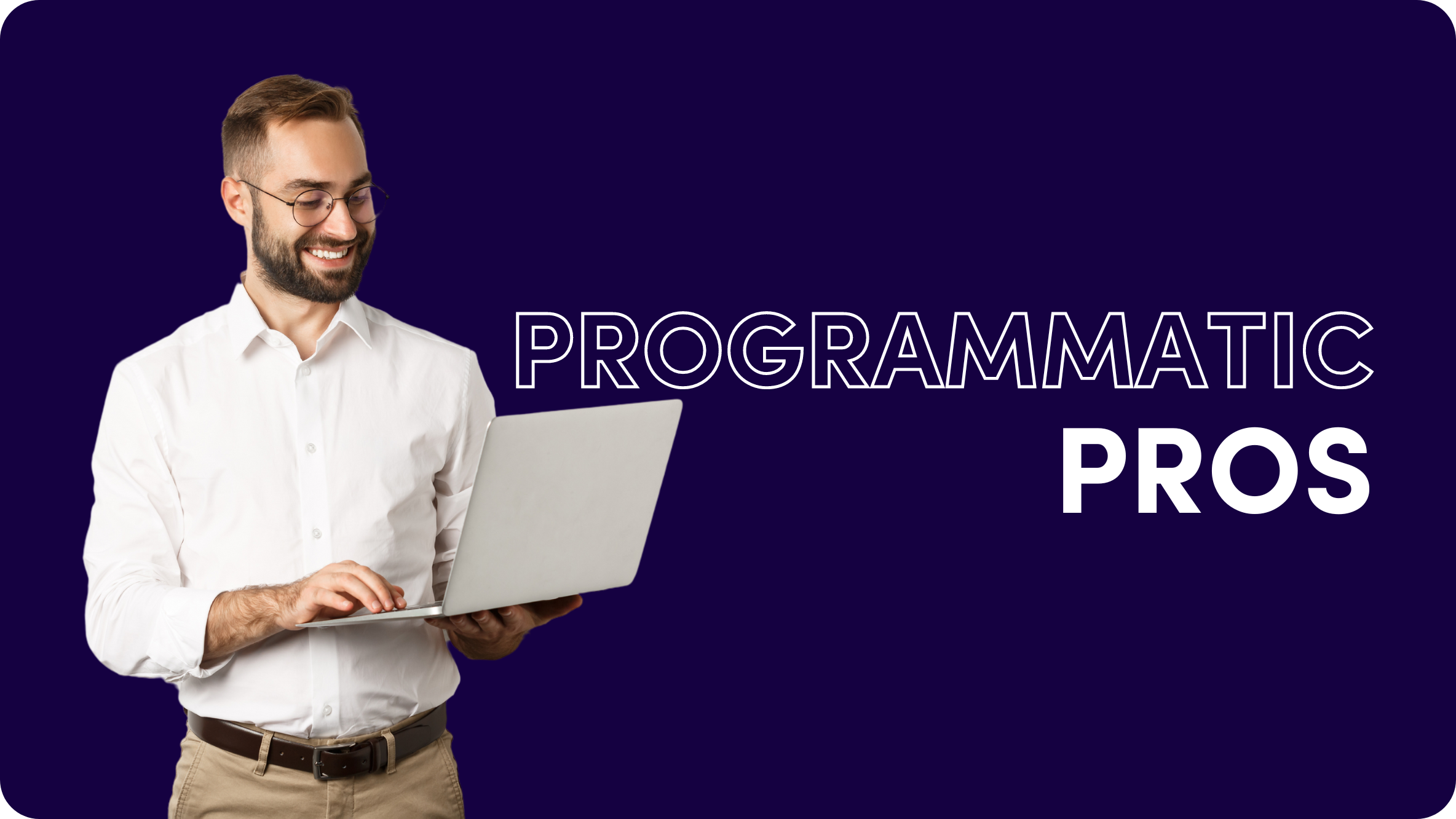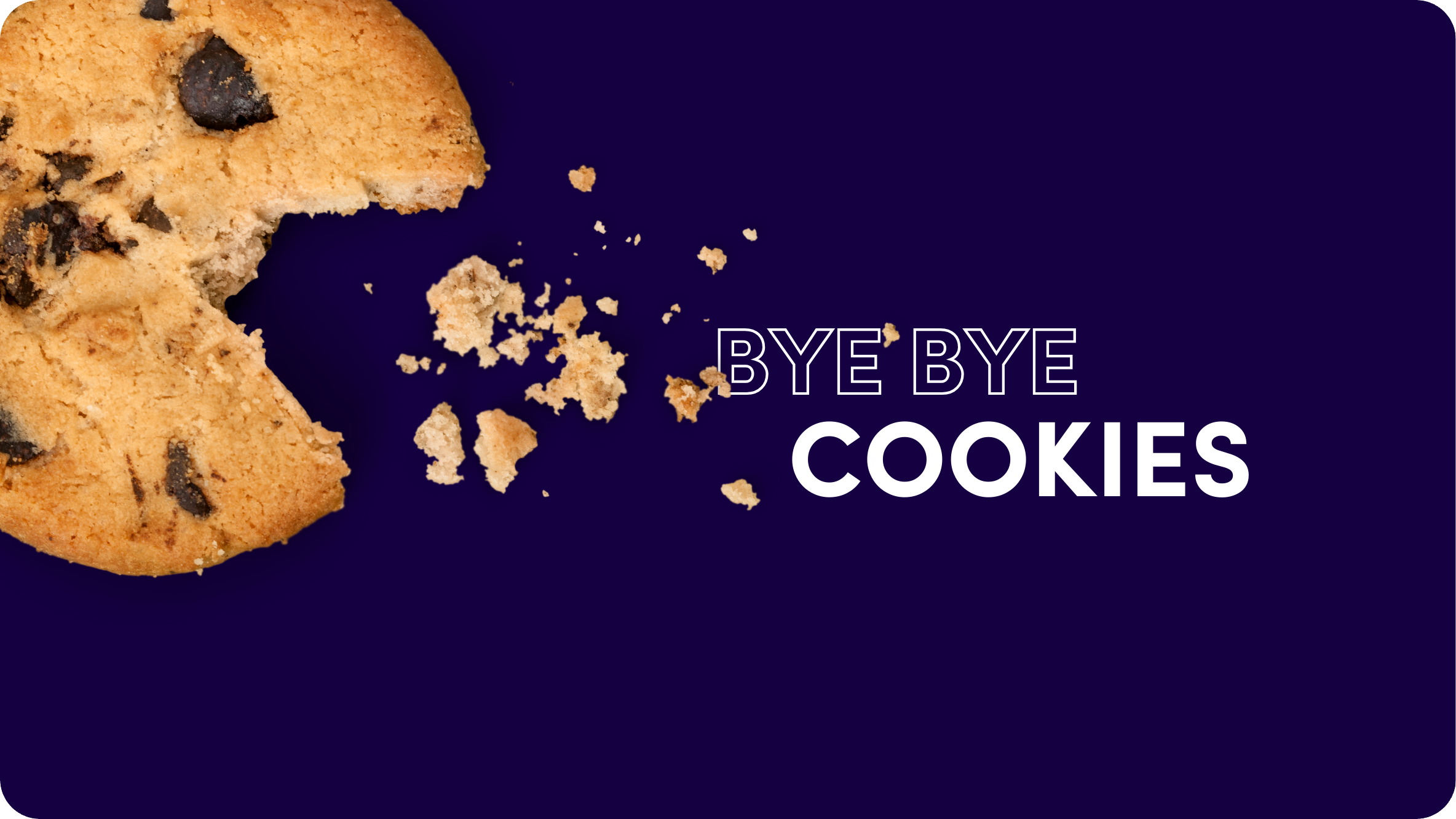Top 5 Programmatic Advertising Challenges and Benefits

Unpleasant fact: 22% of global total online ad spend (estimated at $84 billion) is wasted through ad fraud.
Ad fraud is one of the biggest programmatic advertising challenges faced by digital marketers.
Data privacy is a close second.
You simply can’t afford to ignore these issues when choosing a programmatic advertising strategy and partners. Thankfully there are ways to overcome them and plenty of benefits are to be had if you choose well.
Challenges of Programmatic Advertising
Programmatic advertising is essentially a massive auction, where ad space is bought and sold at scale in seconds using automated tools. It is cost-effective and easy to scale up or down for advertisers, hence its popularity. But there are some downsides.
Let’s take a look at the main programmatic advertising challenges and how to address them.
1. Ad fraud and viewability
As AI evolves, the bots are sure to get smarter. This means more ad fraud – using automated systems to register fake impressions and simulate ad clicks.
Fraudsters use advanced techniques, such as setting up fake websites and apps (domain spoofing), registering as publishers, and generating money from bot-driven traffic and clicks.
For programmatic advertisers, this can lead to larger ad spend, smaller reach, and reduced ROI.
For advertising platforms, it can result in a loss of trust in the ecosystem. Remember – 22% of all ad spend goes to fraudulent bad actors, which means you could be wasting $22 out of every $100 spent on useless ads.
Advertising networks are fighting back with tools and strategies. For instance, Outbrain uses advanced internal and third-party tools to disrupt ad fraud, such as spotting domain spoofing and unusual traffic patterns.
2. Data privacy
Large amounts of data are used in programmatic advertising to enable more precise targeting. This data includes user behaviors, preferences, demographics, and much more. The upside is that you get highly personalized and efficient advertising. On the downside, using large amounts of data from various sources raises significant privacy concerns.
Consumers are increasingly aware and concerned about how their data is used. Regulations like GDPR in Europe and CCPA in California reflect this shift, imposing strict rules on data collection, processing, and storage. Make sure you stick to these regulations carefully if you want to avoid hefty penalties.
Additionally, Google is planning to gradually phase out third-party cookies in Chrome over the course of 2024, which will have an impact on the way programmatic ad data is collected and used.
Technology can help address some of these privacy concerns. Advanced data management platforms (DMPs) and customer data platforms (CDPs) allow you to manage data in a privacy-compliant way. Contextual targeting is also re-emerging as a good alternative, as it relies on the content of the website or app, rather than personal user data.
3. Brand safety
Brand safety means making sure your ads don’t appear in a context that might damage your brand image.
Programmatic advertising is heavily automated. This is great because it saves you a lot of time and effort, but it also means there’s a chance your ads may appear alongside inappropriate content. The last thing you want is to associate your brand with hate speech, fake news, or other controversial material.
If you want to avoid this nightmare scenario, taking the following preventive steps will help:
- Use whitelists and blacklists to control your ad placements
- Use contextual targeting to ensure content aligns with your ads
- Apply advanced ad verification tools
- Partner with reputable ad networks like Outbrain
- Monitor data and produce reports frequently.
4. Complexity and transparency
New tech, platforms, tools, and strategies are springing up all the time. This creates another programmatic advertising challenge – the sheer number of options can be overwhelming. Advertisers may feel decision paralysis or choose the wrong tech for the job at hand.
Complex integration also causes a headache for advertisers. If your existing systems and data management tools don’t mesh with the newer platforms, it’s all too easy to end up with data silos and inefficiencies. The opposite can also be true – that you end up with data overload, which clouds campaign decisions.
Transparency, or lack of it, is another issue. It isn’t always clear where your ads are being placed, who is seeing them, and how the allocated budget is spent. Lack of transparency makes campaigns very difficult to monitor and manage properly.
To overcome these challenges, you should opt for ad networks that are simple to use. Make sure they integrate well with other systems and offer detailed reporting on ad placement, audience reach, and performance metrics.
5. Ad blockers
People are more aware of intrusive ads than ever. Your audience is looking for the cleanest, fastest browsing experience possible, which means – fewer, better ads. Obviously, this poses a big challenge for programmatic advertising.
Ad blockers decrease your ad visibility. This affects campaign metrics such as impression counts, click-through rates, and overall ROI. At the very least, ad blockers can skew analytics and reporting.
One way to counteract the rise of ad blockers is to use non-intrusive advertising tactics. Non-intrusive ads avoid formats typically blocked by ad blockers, such as pop-ups and auto-play videos.
Native advertising is a safer choice. Native ads match the look and feel of the surrounding content and web page, so they fit more naturally with the browsing experience and are less disruptive to the user. Both native ads and contextual ads are less likely to be blocked.
What are The Benefits of Programmatic Advertising?
Don’t worry – it’s not all doom and gloom! There are some serious programmatic advertising benefits to be gained, as long as you proceed with caution. Read on to find out the main benefits of programmatic advertising.
1. Efficiency and scale
Programmatic advertising is more efficient as it automates the ad buying process. Time-consuming methods such as requests for proposals (RFPs), negotiations, and manual insertions are a thing of the past. Instead, ad space can be bought and sold almost instantly, using real-time bidding (RTB).
Automating the process of ad buying in this way speeds everything up, allowing you to run more campaigns in less time if that’s your goal.
Whether you’re a small local business or a large multinational corporation, you can adjust the scale of your campaign to suit your budget and goals. For instance, you can easily widen your reach to a broader audience or decide to reduce it and focus on a specific niche, all within just a few clicks.
2. Granular, data-driven targeting
Modern programmatic ad platforms give you access to a big network of publishers. This gives you a wider reach. You also get access to advanced targeting capabilities, allowing you to display ads to the most relevant people at the best possible times.
3. Real-time optimization
The real-time nature of programmatic advertising means you can optimize your campaigns based on live performance data.
For instance, if you notice that certain ads perform really well in certain regions or land better with a specific demographic, you can increase your investment in those areas. Conversely, if other ads are underperforming, you can quickly adjust or halt them to minimize wasted ad spend.
4. Cost-effectiveness
The automation and scalability of programmatic ads mean they often yield better ROI than standard ads. Real-time bidding lets you set the maximum amount you’re willing to pay for ad impressions, keeping you within budget.
For this reason, a programmatic system typically results in lower costs per impression compared to traditional fixed-price advertising models. This is ideal for any business that needs to maximize the impact of a limited advertising budget.
5. Easy to monitor
Programmatic platforms offer detailed analytics and insights. The depth of this data can help to inform decision-making. For example, you can see demographic data on who is interacting with your ads to determine which audiences to target more. Or find out which websites and ad placements give you the best ROI. All these analytics help you to shape highly efficient campaigns that get results.
Reporting features also promote transparency, allowing you to see exactly where your ads appear and how your budgets are allocated. This visibility makes it easier to spot any issues and make timely improvements.
Safe and Secure Programmatic Advertising with Outbrain
Looking to overcome the challenges of programmatic advertising?
Outbrain sidesteps many of the common frustrations advertisers face.
Rather than intrusive and skippable ads, Outbrain displays your messages natively and contextually within premium editorial content. This style of advertising is naturally engaging, often leading to higher visibility and click-through rates.
Outbrain’s specialized ad inventory and built-in DSP give you greater flexibility to reach your ideal buyers. You also get robust analytics to optimize performance and pinpoint wasted spend.
You can even activate custom first-party and third-party audience segments for laser-targeted outreach across thousands of premium sites. Finally, Outbrain’s fraud-fighting technology ensures every impression and click drives real value.












